Auroch Horn Discovered: It’s Owner Roamed Britain 5,000 Years Ago
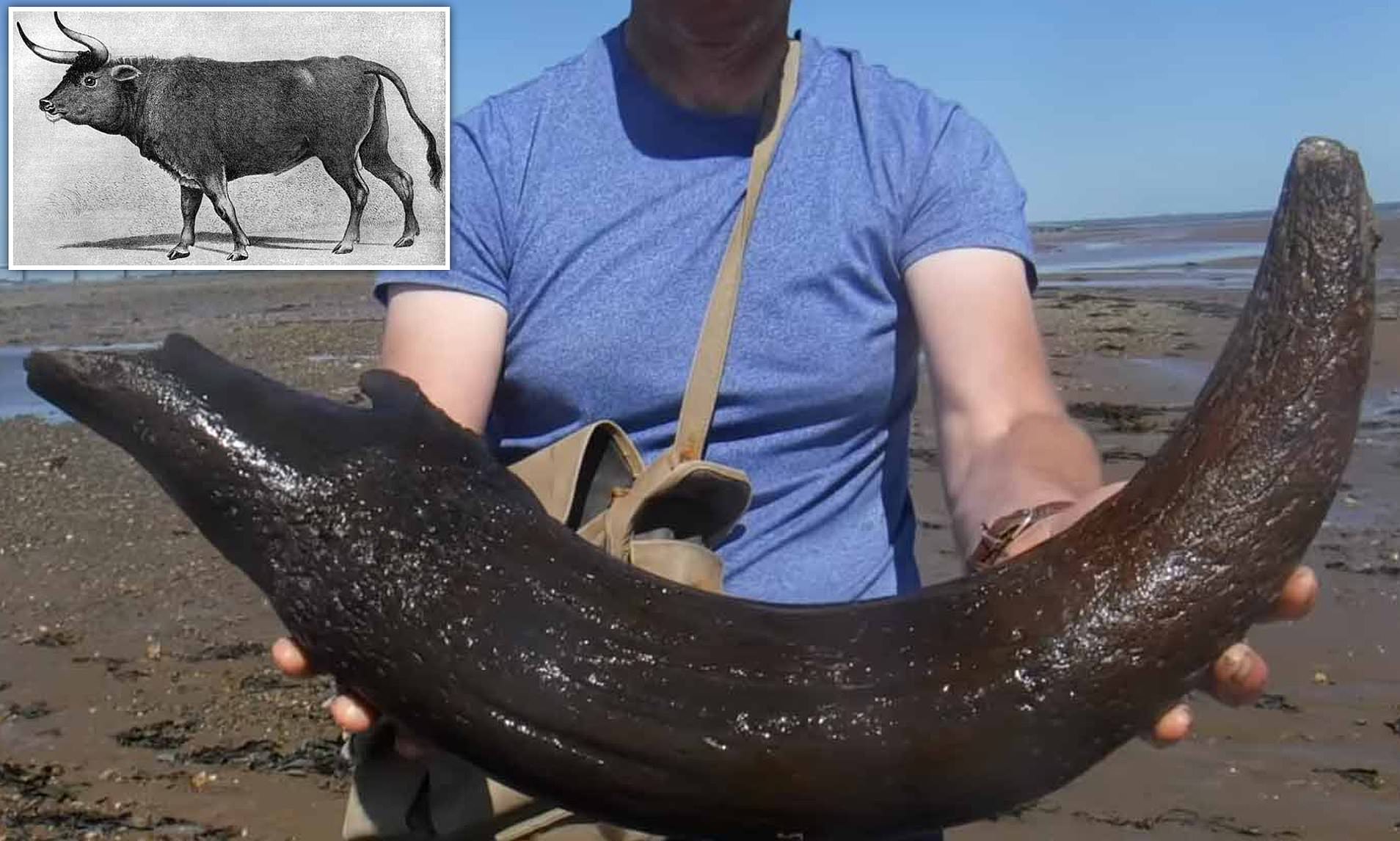
It belongs to an auroch, a kind of wild cattle that once covered the landscape in Britain, but went extinct, experts say, about 3,500 years ago.
Whenever storms toss the Atlantic Ocean, the shorelines of Britain roil and churn like clothes in a washing machine.
Folks who walk along those shorelines afterwards are likely to find pieces of wood from long forgotten shipwrecks, old coins and a lot of other debris that the ocean “spits back” onto the sand from deep within its depths.
Most of it is worthless to anyone besides the person who finds it, who may keep the “buried treasure” as a souvenir, a reminder of a fun day’s excursion out to the beach with family or friends.
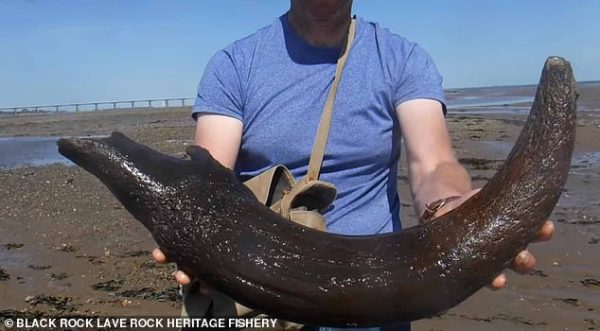
That’s a pastime brothers Martin and Richard Morgan, of Black Rock Lave Net Heritage Fishery, Sudbrook, Monmouthshire in Wales enjoy indulging when storms rip through their area and the ocean churns up all kinds of detritus.
They walk along the beaches, scouting around for bits and pieces of things that long ago sank to the bottom of the sea. Until recently, they found very little of worth.
But about two weeks ago, on a journey precisely like the ones they’d taken dozens of times before, they spied something half buried in the wet sand that was anything but worthless.
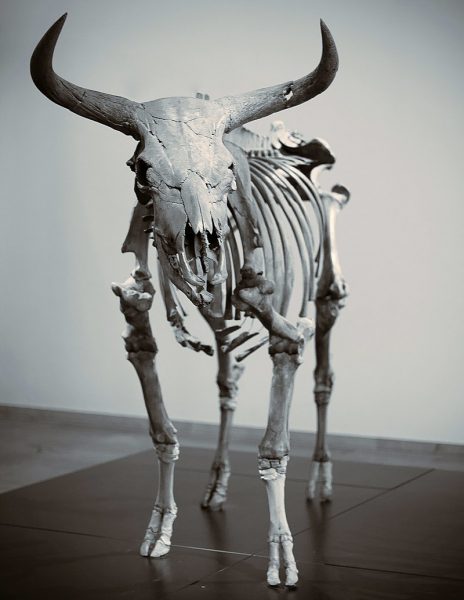
Upon digging it out, they realized it was an animal horn, a huge, heavy horn in almost perfect condition.
It belongs to an auroch, a kind of wild cattle that once covered the landscape in Britain, but went extinct, experts say, about 3,500 years ago.
The brothers were “over the moon” about their discovery, they told London’s Daily Mail, and hope to see it taken by, perhaps, a natural history museum, where it can be properly preserved and even displayed to the public one day.
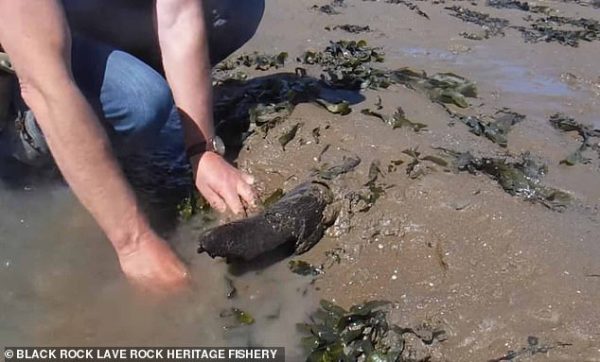
Aurochs once roamed freely over the countryside in Britain. Unlike today’s “modern” cow, which has been bred as a domesticated animal and source of food for many, an auroch could grow to six feet.
It was a large, imposing animal with large, imposing horns, and it’s something of a miracle that the Morgan brothers found one partially covered by wet, heavy sand. The one they discovered is about 27 inches in length, and weighs approximately seven pounds.
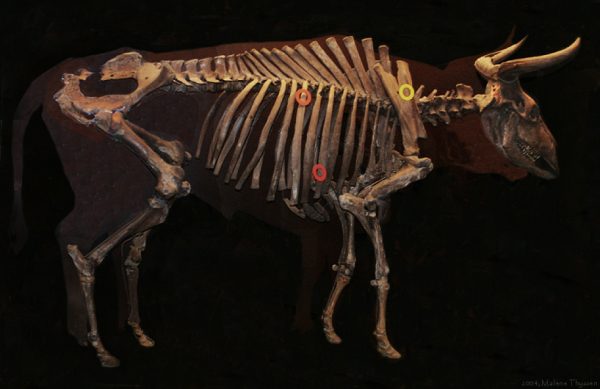
Aurochs were a common animal across not only Britain, but North Africa, Asia and Europe as well.
Evidence of this wild cattle exists all over Europe. In the Coa Valley in Portugal, there are drawings of aurochs on rocks along the river banks that are now part of a United Nations World Heritage Site.
The region was threatened by a dam proposal in the 1990s, but experts intervened and within a few years, the region was protected by the designation that means it cannot be altered or developed.
Some are not content to allow aurochs to remain extinct, and are working toward reintroducing them in parts of Europe.
Ronald Goderie is a cattle breeder in the Coa Valley, and he is hopeful that a kind of modern version of the auroch can be genetically engineered and reintroduced to the area.
Goderie is working with scientists, geneticists and other experts to somehow alter the DNA of modern cattle and create a new version of the auroch, a “auroch 2.0,” so to speak.
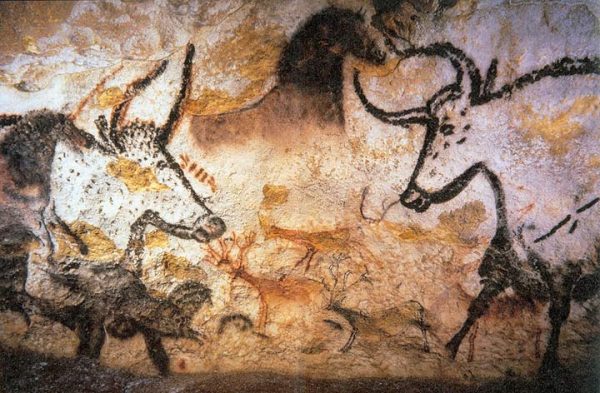
He says the idea is not as far fetched as it may sound. He is also an ecologist, and insists that a wild grazing animal like the auroch would be profoundly beneficial to Europe’s agricultural community. “Natural grazing is one of the key processes for preserving biodiversity,” Goderie told Discover Magazine in 2017.
He is hopeful that the auroch, or a new version of it, will help restore much of Portugal’s agricultural lands to productivity and desirability, thereby making it appealing to a new generation of farmers.
For now, aurochs are consigned to the heap of species that went extinct in Britain so many centuries ago.
Occasionally, however, a reminder that they once roamed freely washes up on one of the nation’s many shorelines, and people like the Morgans get lucky enough to find it.
Forty-One Thousand Year Old Tree Tells Of Earth’s Magnetic Reversal
Now if only an institution with the proper storage and exhibiting facilities will take it and preserve it, perhaps one day the giant horn will be available someday for anyone to see.
